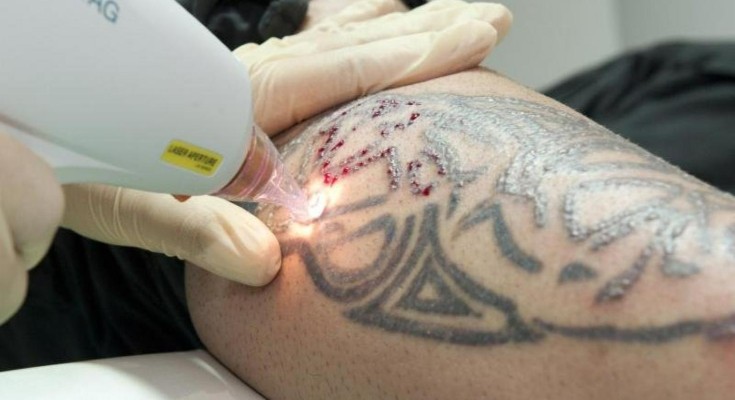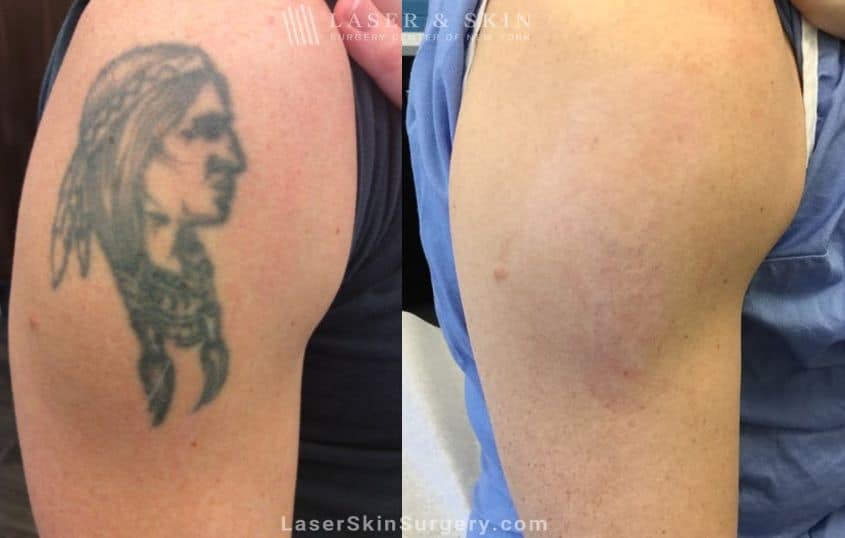Why People Choose Tattoo Removal
Tastes change, life circumstances shift, and sometimes a tattoo that once felt meaningful no longer fits. Whether it’s due to poor placement, faded ink, or a change in lifestyle, laser tattoo removal offers a solution for those looking to erase or lighten their ink.
How Laser Tattoo Removal Works
Laser tattoo removal targets ink particles beneath the skin using high-intensity light pulses. These pulses break down the pigment into smaller fragments, which are gradually eliminated by the body’s immune system. Multiple sessions are typically required, depending on the tattoo’s size, color, age, and ink depth.
What to Expect During a Laser Session
1. Consultation
A qualified technician or dermatologist will assess your tattoo and discuss your medical history, skin type, and expected outcomes. This step ensures you’re a good candidate for laser removal.
2. Treatment Process

- Protective eyewear will be provided.
- A handheld laser device will be used to pulse light over the tattoo.
- You may feel discomfort similar to being snapped with a rubber band. Numbing cream may be applied beforehand.
- Each session lasts between 10 to 60 minutes, depending on the tattoo’s size and complexity.
3. Post-Treatment Care
- Redness, swelling, and blistering are common but temporary.
- Keep the treated area clean and protected.
- Avoid sun exposure, pools, and tight clothing.
- Follow your provider’s aftercare instructions closely.
How Many Sessions Will You Need?
Most tattoos require 6 to 10 sessions spaced 6 to 8 weeks apart. Factors that affect the number of sessions include:
- Ink color: Black ink is the easiest to remove; colors like green and blue are more stubborn.
- Tattoo age: Older tattoos typically fade more easily.
- Skin type and immune response.
Possible Side Effects and Risks
While people often consider laser tattoo removal safe, they should be aware that it may cause some side effects.
- Temporary redness, swelling, and tenderness.
- Blisters or scabs may form during the healing process.
- Hyperpigmentation or hypopigmentation (skin discoloration).
- There is a rare chance of scarring, especially if aftercare isn’t followed.
Tips for Best Results

- Choose a certified and experienced practitioner.
- Follow all pre- and post-treatment instructions.
- Stay hydrated and healthy to boost your immune response.
- Don’t rush the process—your skin needs time to heal between sessions.
Conclusion
Laser tattoo removal is a powerful tool for those looking to erase or lighten unwanted ink. While the process requires patience, the results can be well worth the effort. By understanding what to expect, working with a skilled technician, and following proper aftercare, you can safely and effectively say goodbye to that old tattoo.




